In the bustling rhythm of everyday life, it’s easy to overlook the profound lessons that can reshape our perspectives. Short stories, with their brevity and depth, offer a unique opportunity to reflect and learn. ‘Short Stories with Deep Meaning and Valuable Life Lessons’ presents a collection of tales that will challenge your views, inspire change, and provide wisdom in just a few thoughtfully crafted pages.
The Gift of the Magi by O. Henry
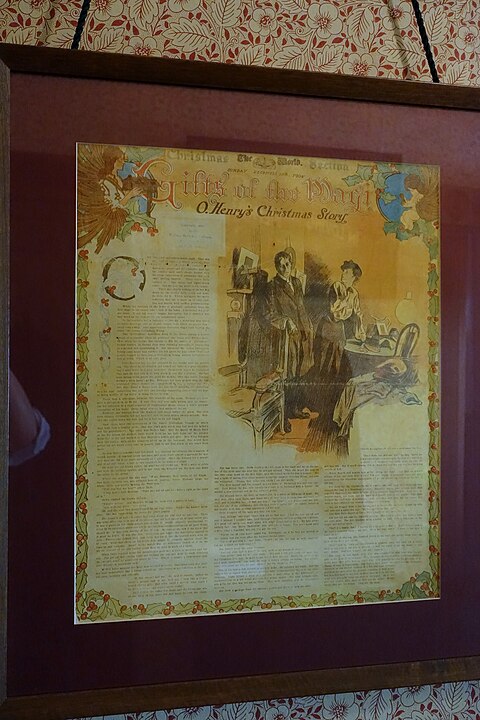
This poignant tale captures the essence of selfless love as both protagonists sacrifice their most cherished possessions to buy a perfect Christmas gift for the other. Their actions underscore the idea that the best gifts are often not material but the willingness to sacrifice for loved ones, revealing the depth of true love.
The Lottery by Shirley Jackson

Through its shocking twist, this story critiques societal norms and mob mentality. It shows how traditions, when followed without questioning, can lead to horrifying outcomes, urging readers to scrutinize and challenge societal practices rather than blindly adhering to them.
The Last Leaf by O. Henry
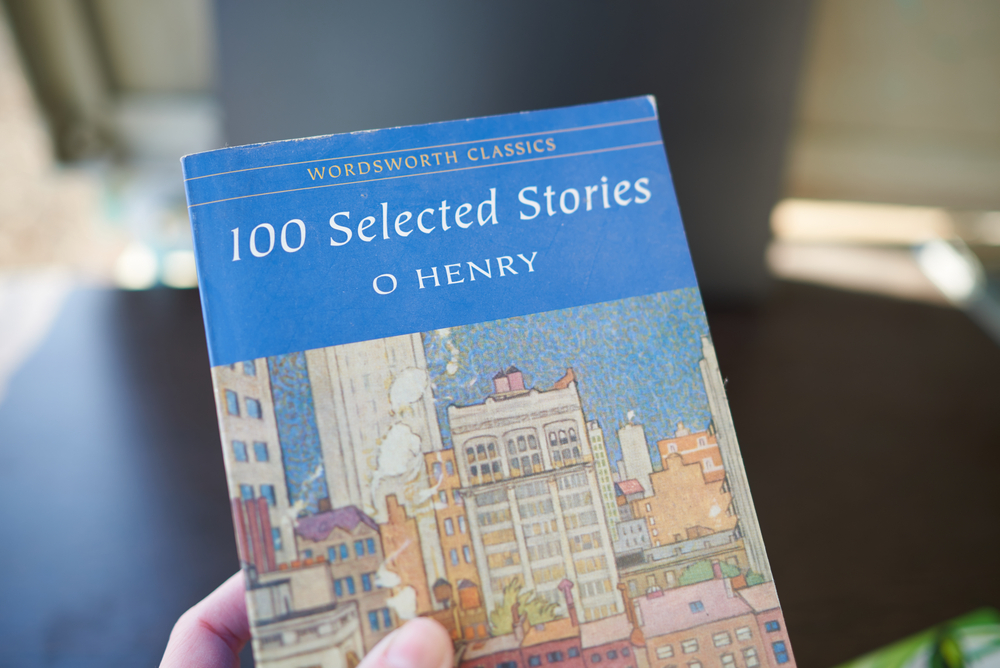
Set against a backdrop of a cholera epidemic, an older painter deceives a dying young woman into believing she has a reason to live, illustrating the profound impact hope and selfless acts can have on others’ lives. The story teaches about sacrifice and the power of hope to drive human resilience.
A Sound of Thunder by Ray Bradbury
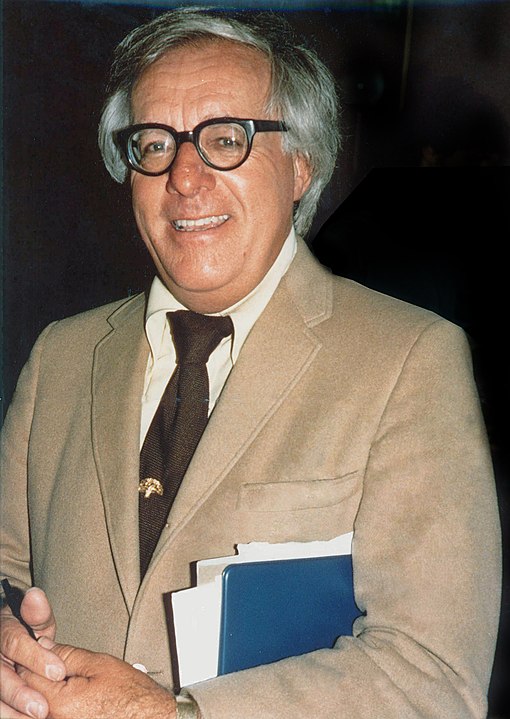
This science fiction story explores the consequences of time travel when a hunter steps off a path during a prehistoric safari and alters the future. It serves as a metaphor for the butterfly effect, emphasizing the significance of individual actions and their potential to provoke large-scale changes.
The Necklace by Guy de Maupassant
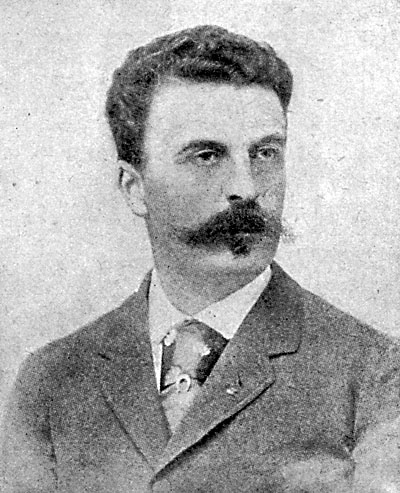
Maupassant crafts a narrative centered around vanity and pride, with a twist that reveals the necklace as a fake—illustrating the futility and destructiveness of envy and materialism. The story highlights the dangers of valuing appearances over reality, leading to life-altering consequences for the protagonist.
Harrison Bergeron by Kurt Vonnegut
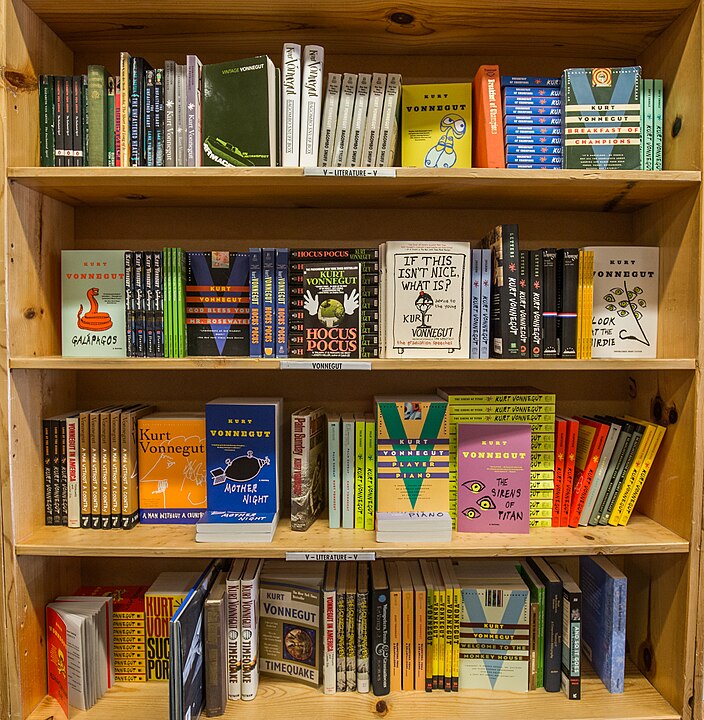
In a dystopian future where equality is achieved by handicapping the able, Vonnegut satirizes the quest for societal equality. The story is a cautionary tale about the extremes of enforced equality and the loss of individuality and excellence.
The Tell-Tale Heart by Edgar Allan Poe
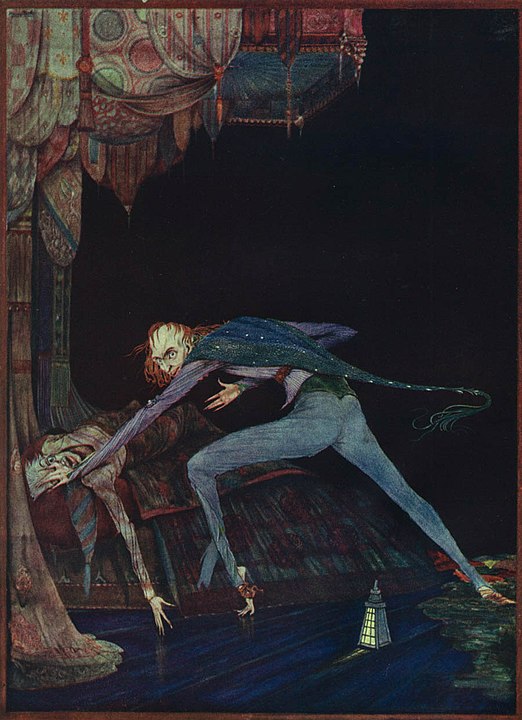
Poe delves into the mind of a murderer haunted by his crime, using the beating of a hideous heart as a symbol of his guilt. This story explores the psychological torment of guilt and the inevitable unraveling of one’s sanity under its weight.
The Happy Prince by Oscar Wilde
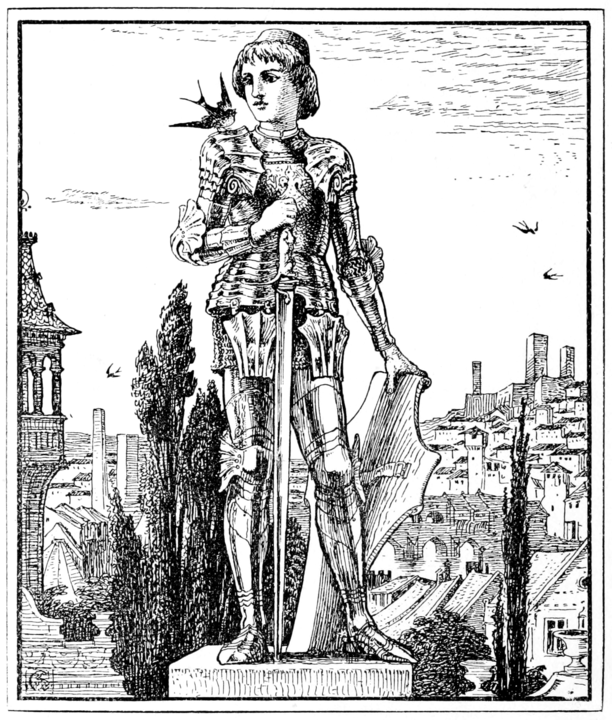
Through the tale of a statue prince and a migratory bird, Wilde discusses social injustice and compassion. The prince, though inanimate, shows more humanity than the living, highlighting the themes of empathy and the redistribution of wealth to alleviate suffering.
The Elephant’s Child by Rudyard Kipling
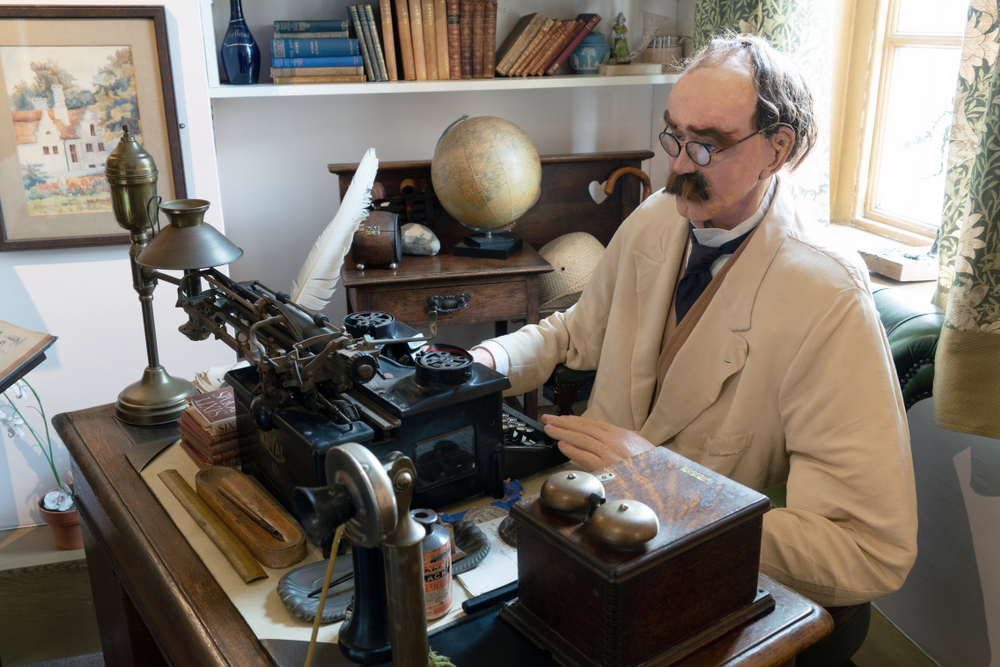
Kipling uses the story of a curious elephant calf to celebrate the virtues of inquisitiveness and perseverance. The calf’s quest for knowledge and his encounters with various creatures provide a playful yet poignant commentary on the importance of asking questions and seeking answers.
An Occurrence at Owl Creek Bridge by Ambrose Bierce
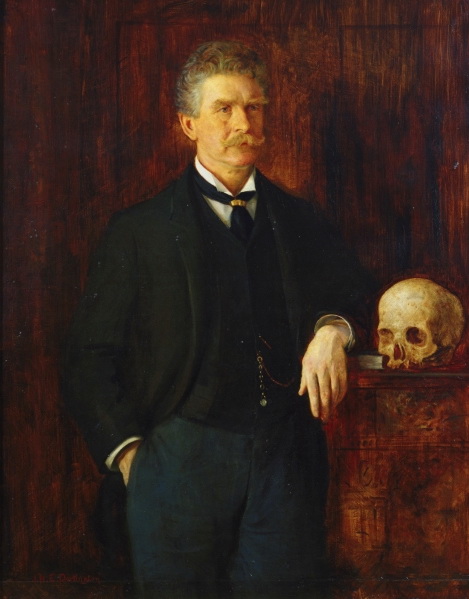
Bierce combines realism with surrealism as he narrates the final moments of a man during the Civil War, blending the harshness of reality with the escapism of dreams. The story serves as a meditation on life, death, and the thin line between illusion and reality.
The Bet by Anton Chekhov
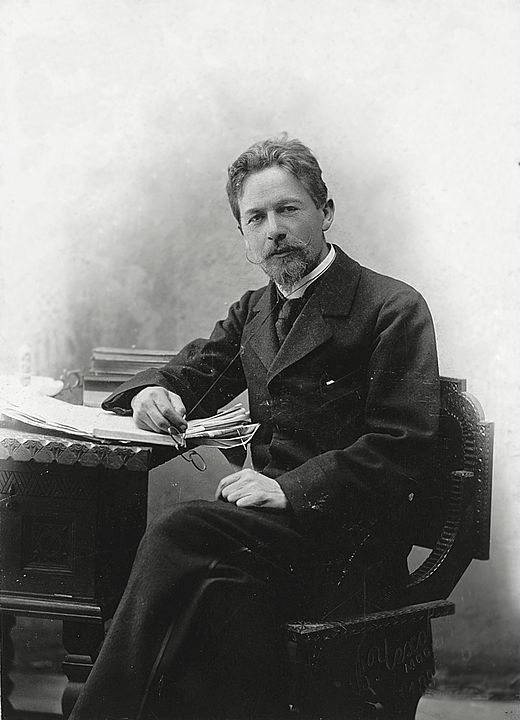
Through a story of a bet about the value of solitary confinement, Chekhov examines the nature of human freedom and the search for meaning. It challenges the reader to consider what truly constitutes a life worth living, emphasizing the transformative power of self-reflection and knowledge.
The Open Window by Saki
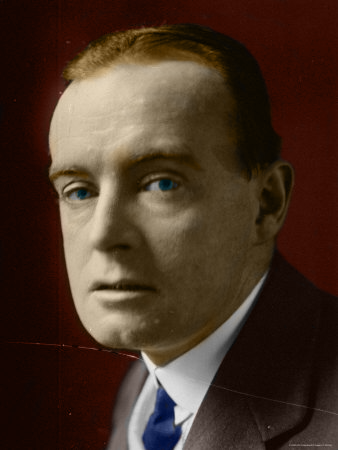
Saki plays with the theme of deception through a narrative where a young girl frightens a visitor with a fabricated story. The tale examines the power of storytelling and its ability to alter perceptions, emphasizing the impact of psychological manipulation.
Lamb to the Slaughter by Roald Dahl
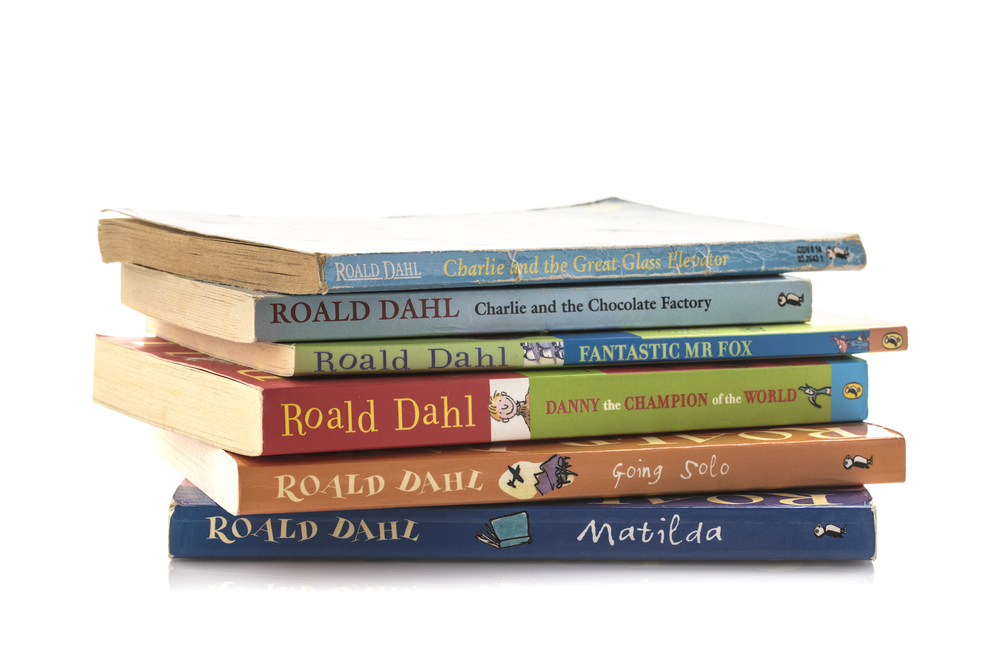
Dahl twists a tale of domestic bliss into a chilling story of revenge as a wife murders her husband with a leg of lamb. The story examines themes of betrayal and revenge in a domestic setting, highlighting the unexpected depths of human cunning and resourcefulness.
The Interlopers by Saki
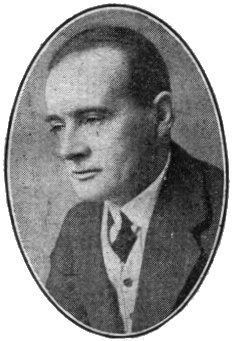
In a story about two enemies trapped under a tree, Saki explores the futility of longstanding grudges and the sudden, forced reflection on wasted time due to petty conflicts. The story culminates in a tragic irony, emphasizing the need for reconciliation before it is too late.
Everyday Use by Alice Walker

Walker contrasts different interpretations of heritage between family members, with a central piece being a quilt that symbolizes the family’s history. This story discusses the importance of understanding and preserving one’s heritage, not as a static artifact but as a living part of one’s identity.
The Secret Life of Walter Mitty by James Thurber
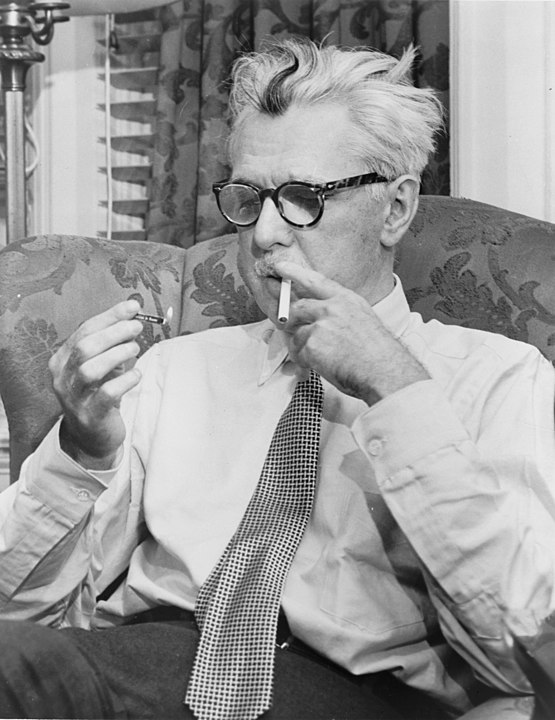
Thurber presents a character who escapes his mundane existence through vivid daydreams. This story speaks to the human desire for excitement and adventure, highlighting the contrast between reality and fantasy in everyday life.
The Emperor’s New Clothes by Hans Christian Andersen
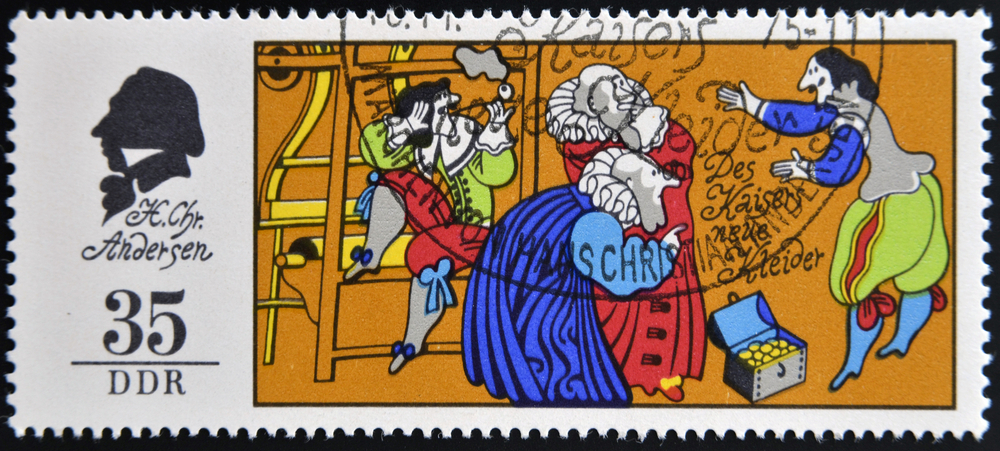
Andersen’s story of an emperor who is swindled by weavers highlights the dangers of vanity and pride, as well as the value of honesty. The child’s innocent truth-telling acts as a moral center, revealing the collective denial and hypocrisy of the adults.
Cathedral by Raymond Carver
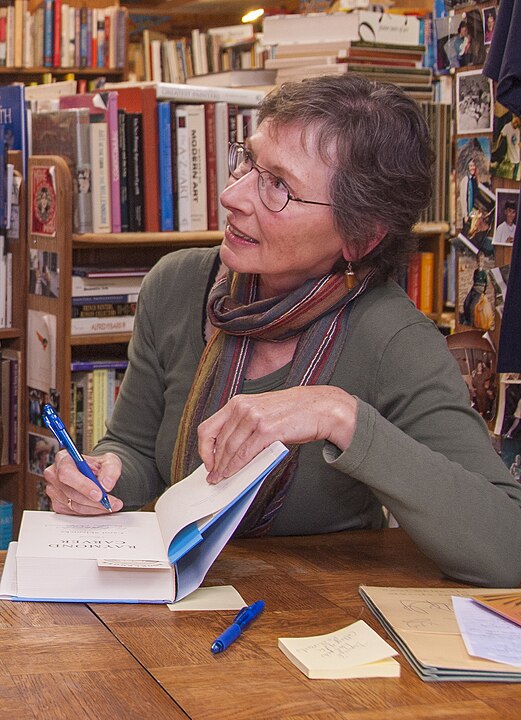
In this story, the interaction between a blind man and a sighted man opens up new ways of seeing and understanding for the narrator. Carver explores the theme of seeing beyond the surface, promoting the idea that true sight comes from deeper human connections.
The Veldt by Ray Bradbury
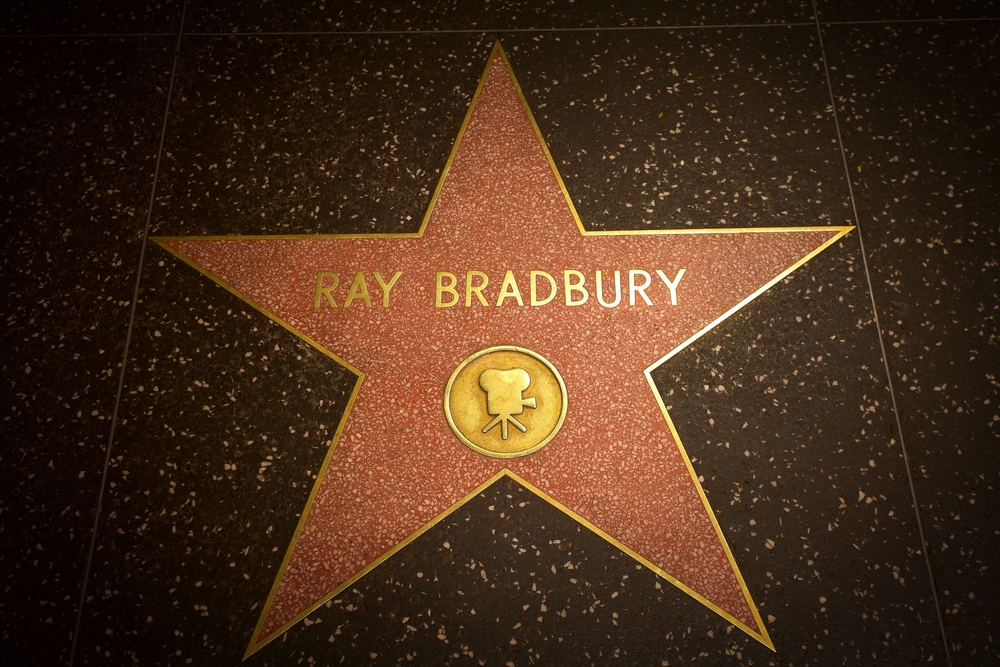
Bradbury’s tale about a virtual reality room gone awry serves as a critique of technological dependency and its impact on family dynamics. The story warns against the dehumanizing effects of technology and the alienation it can cause within familial relationships.
To Build a Fire by Jack London
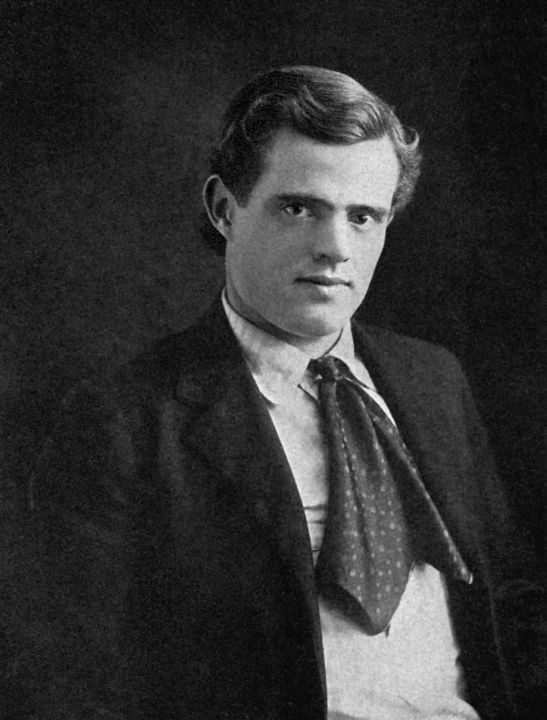
This survival story in the frigid Yukon starkly portrays the struggle of man versus nature. London discusses the hubris of mankind in underestimating nature, illustrating the brutal reality of nature’s indifference and the necessity of respecting its power.
This article originally appeared on UnifyCosmos.
More from UnifyCosmos
20 Family Codes That Strengthen Relationships

Discover how these rules, although not explicitly stated, play a vital role in fostering understanding and closeness among family members. Read more!
22 Skincare Myths Busted by Experts

This article debunks 22 common skincare myths, guided by expert insights. It aims to clarify misconceptions, from SPF usage to moisturization needs, providing readers with scientifically backed advice for optimal skin health. Read more!
20 Unique Meditation Techniques from Around the World

In this article, we explore some of the most unique meditation practices from around the world, each providing a window into the rich diversity of human contemplation. Read more!
Leave a Reply